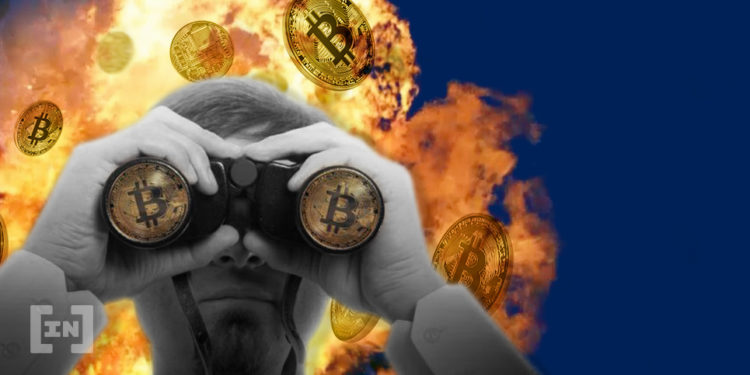If anything, bitcoin and other crypto assets are merely providing an escape hatch from a failing legacy system.
Pretty much every article you read about bitcoin in the mainstream press ends up in the same place. You may not hear it until the seventh or eighth paragraph, but eventually you’ll be told that the whole thing is nothing more than a modern day “tulip bubble.” The more creative types will also throw around the South Sea or Mississippi Bubble. You get the point. The consensus among the very smart experts is unanimous: bitcoin is clearly and indisputably a gigantic bubble that’s set to burst. I’ve been hearing this since the early days of getting involved in the space back in 2012. But I’m not convinced.
For one thing, bubbles don’t do what bitcoin has done since its inception in 2009. During my 10-year tenure on Wall Street, I saw several bubbles grow and then burst, and one thing you learn is that an actual bubble rises like crazy and then totally pops. It doesn’t come right back a couple of years later and soar again to a new price 10 times greater than the previous bubble’s high, which is what bitcoin has done after each one of its three or four previous “bubbles” burst.
That’s not a bubble, but something else entirely.
Let’s take the oil price in the middle of the last decade as an example of a real bubble. The price went on a historic and seemingly unstoppable run all the way to $150 per barrel in 2008. It then proceeded to burst in spectacular fashion just ahead of the financial crisis, plunging all the way back to $30 before rebounding. Ten years later and the price is still nowhere near that prior high, with it currently trading around $60. That’s what happens when a real bonafide bubble bursts. It stays below the prior high for decade at least, sometimes forever. The behavior of bitcoin since the “genesis block” has been completely different.
While we’re on the topic of bubbles, it seems the truly gigantic bubble in the world isn’t bitcoin, but rather the global debt market. This leviathan now stands at around $233 trillion, or 318 percent of global GDP. Even more troubling, an estimated $11 trillion of government debt now trades at negative yields. This means whoever is buying this paper is doing so despite the fact they are guaranteed to lose money on the “investment.” Much of this buying has been propelled by central banks which can print their own currency and buy debt indiscriminately. This is not characteristic of a healthy financial system (particularly so many years into a global recovery), but rather a zombie one that’s been artificially propped up since the financial crisis.
Therein lies the crux of the issue. Bitcoin and the crypto asset ecosystem it spawned seem to be a logical reaction to our zombified financial system, which itself is built upon the shaky foundations of a gigantic debt bubble. The rise of bitcoin foreshadows the emergence of something potent and new in the realm of money and finance, which also happens to be something the world desperately needs.
Source/More: Bitcoin isn’t the bubble — the global financial system is | TheHill



















